Electric bikes (e-bikes) have revolutionized the way people commute, explore, and enjoy cycling. With the rising popularity of sustainable mobility, an electric bike can be a smart investment—but only if you choose the right one. Whether you’re a daily commuter, weekend adventurer, or someone seeking a more eco-friendly lifestyle, this comprehensive guide will walk you through everything you need to know to find the perfect e-bike for your needs.
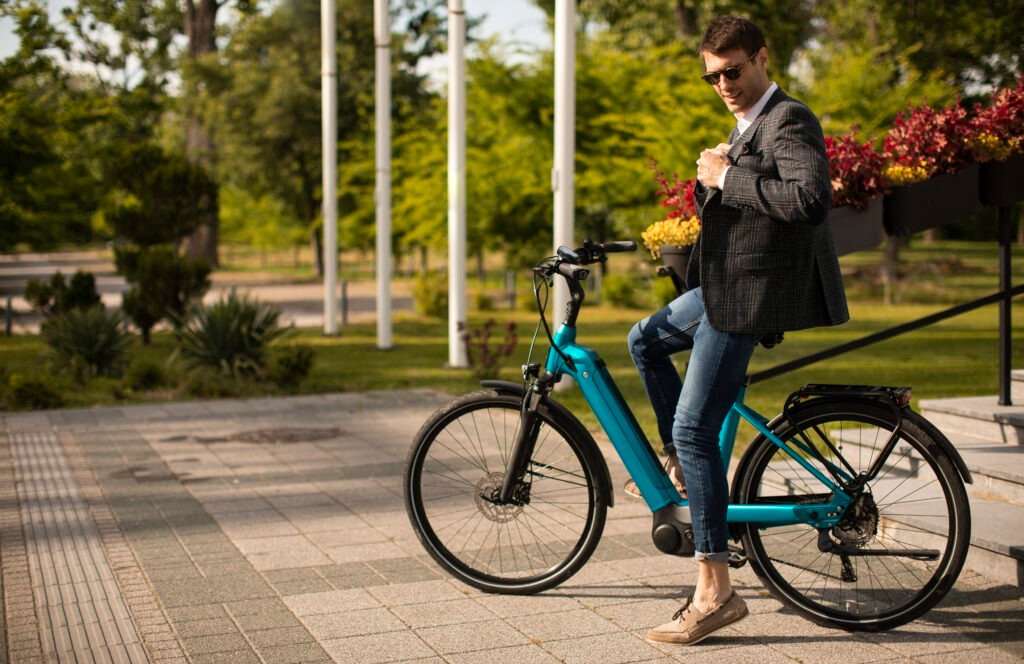
What Types of Electric Bikes Are Available and Which One Suits My Needs?
Understanding Different Electric Bike Classes and Their Speed Limitations
Electric bikes are typically categorized into three main classes based on motor power and how the rider activates the assist:
- Class 1: Pedal-assist only, with a maximum assisted speed of 20 mph (32 km/h). No throttle. These are ideal for city riding and are allowed on most bike paths.
- Class 2: Pedal assist + throttle, also capped at 20 mph. The throttle can power the bicycle without pedaling. Good for casual riders and those with limited mobility.
- Class 3: Pedal-assist only, up to 28 mph (45 km/h). Designed for faster commutes and road cycling. Not always allowed on shared-use paths.
Understanding these classifications helps ensure your chosen e-bike aligns with local laws and your intended use.
Comparing Commuter, Mountain, Cargo, and Folding Electric Bikes
Here’s a breakdown of the major e-bike types:
- Commuter E-Bikes: Built for urban riders, with comfort geometry, integrated lights, fenders, and racks. Best for city roads and daily commutes.
- Mountain E-Bikes (Electric Mountain Bike): Designed for off-road terrain, with suspension, wide tires, and powerful motors. Ideal for trail enthusiasts.
- Cargo E-Bikes: Built to carry heavy loads or passengers. These are great for families, delivery work, or replacing a car for errands.
- Folding E-Bikes: Compact and portable, perfect for city dwellers or anyone with limited storage space.
Each type has specific strengths and is designed for a unique riding experience.
How to Match an E-Bike Type to Your Riding Style and Terrain
To make the best choice, consider these factors:
- Daily Commutes: Opt for a commuter e-bike or folding model for easier transport and urban maneuvering.
- Fitness and Exploration: A mountain or hybrid e-bike is better suited for varied terrains and longer trips.
- Car Replacement: Look for a cargo e-bike with extended range and load capacity.
- Space Constraints: Folding e-bikes offer flexibility in apartments or offices.
Knowing your riding goals helps narrow down the ideal bike type and features.
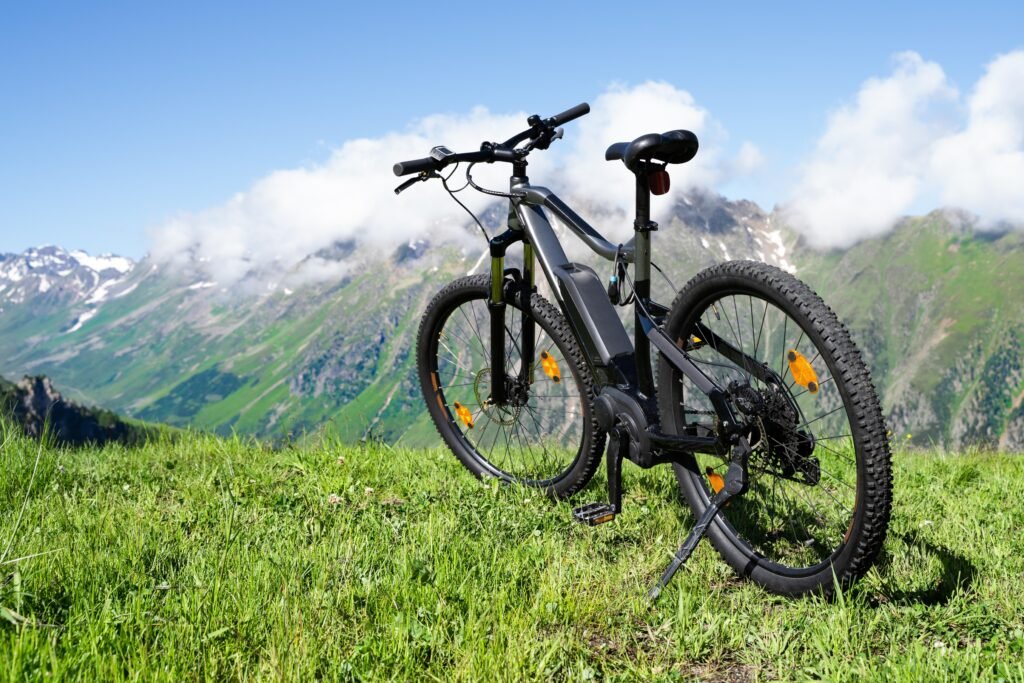
What Should I Know About Electric Bike Motors Before Making a Purchase?
Hub Motors vs. Mid-Drive Motors: Which Is Better for Your Riding Needs?
There are two primary motor types in e-bikes:
- Hub Motors: Positioned in the front or rear wheel hub. They’re generally more affordable and easier to maintain. Best for flat terrains and casual rides.
- Mid-Drive Motors: Located at the crank (pedal) area. They provide better balance, climbing ability, and efficiency, especially on hills. More expensive but offer a natural ride feel.
Your terrain and budget will influence which motor type suits you best.
Understanding Torque Ratings and Motor Power Specifications
Motor power is measured in watts (W), while torque is measured in Newton-meters (Nm). Here’s what you need to know:
- 250W: Common in Class 1 bikes, suitable for light commuting.
- 500–750W: Provides stronger acceleration and better hill-climbing.
- >750W: Often used in fat-tire or off-road bikes, powerful but may be illegal in some regions.
Torque (typically between 40–90 Nm) determines how effectively the bicycle accelerates, especially on slopes or with heavy loads.
How Electric Bike Motors Affect Performance on Different Terrains
- Urban Roads: Hub motors perform well and offer sufficient power.
- Hilly Areas: Mid-drive motors with high torque are ideal.
- Trails and Off-Road: Mid-drive motors handle uneven terrain more effectively and balance the bicycle better.
Match motor specs with your terrain for the best experience and efficiency.
How Do I Evaluate Battery Range and Performance When Choosing an E-Bike?
Deciphering Battery Specifications and What They Mean for Real-World Range
Battery specs typically include:
- Voltage (V): More voltage = more speed potential.
- Amp-hours (Ah): Higher Ah = longer range.
- Watt-hours (Wh): The most reliable indicator of range (Wh = V x Ah).
For example, a 500Wh battery might provide 25–70 miles (40–110 km) of range, depending on how you ride.
Factors That Drain the Battery Faster During Rides
Battery life depends on many variables:
- Rider Weight and Cargo: Heavier loads consume more power.
- Terrain: Hills and rough surfaces require more motor assistance.
- Assist Level: Higher assist levels drain the battery faster.
- Wind and Temperature: Cold weather can reduce battery efficiency by up to 30%.
- Tire Pressure and Maintenance: Underinflated tires create drag and waste energy.
Tips for Maximizing Battery Life and Performance
- Use eco or low-assist modes when possible.
- Charge the battery before it drops below 20%.
- Store batteries in cool, dry conditions.
- Keep tires properly inflated and chain lubricated.
- Plan efficient routes to avoid unnecessary hills.
Taking care of your battery can significantly extend its lifespan and performance.
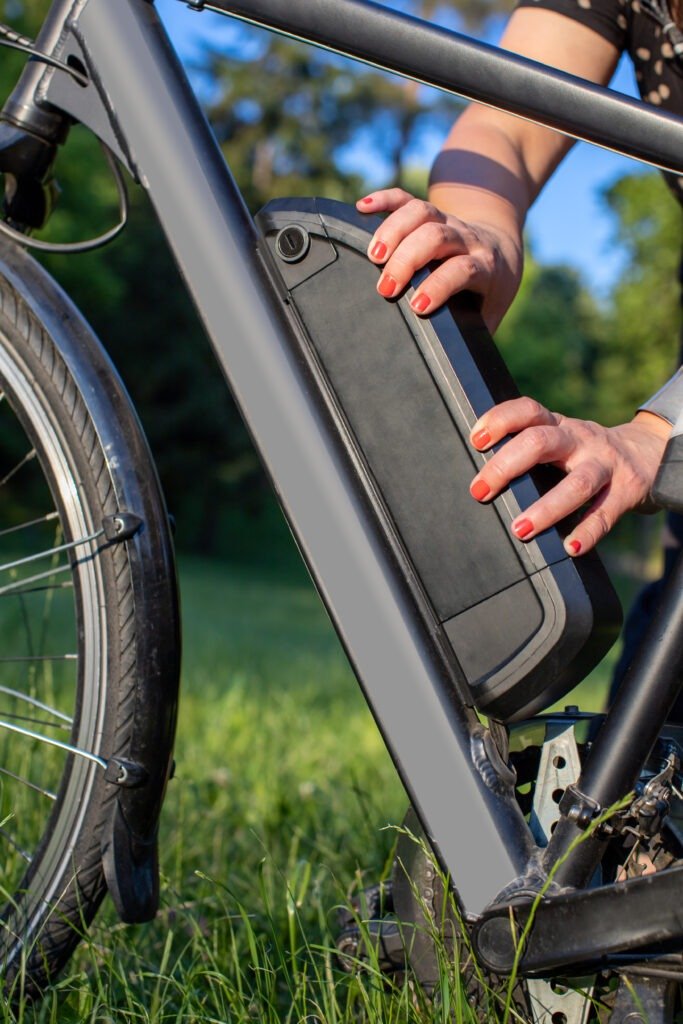
What Features Should I Test When Trying Out an Electric Bike?
How to Properly Test Ride an E-Bike Before Purchasing
A test ride is crucial. Here’s what to do:
- Try different assist levels and throttle (if available).
- Ride on varied terrain if possible (flats, inclines, rough surfaces).
- Test brakes and acceleration under controlled conditions.
- Assess the bike’s weight and handling.
Ride the bicycle for at least 10–15 minutes to get a full sense of comfort and performance.
Evaluating Pedal Assist Levels and Throttle Response
- Pedal Assist: Test how the motor engages at each level. Look for smoothness and responsiveness.
- Throttle: If available, see how quickly and smoothly the throttle kicks in. Sudden jerks are a red flag.
- Lag or Delay: A lag between pedaling and motor engagement can be frustrating.
Good e-bikes should offer seamless integration between cyclist input and motor support.
Checking Comfort, Handlebar Controls, and Overall Bike Fit
Comfort is essential for long-term use. During your test:
- Check the saddle height and padding.
- Adjust handlebars to ensure a relaxed posture.
- Test all display functions and button controls for accessibility.
- Evaluate suspension (if any) for comfort over bumps.
A proper fit can make or break your riding experience.
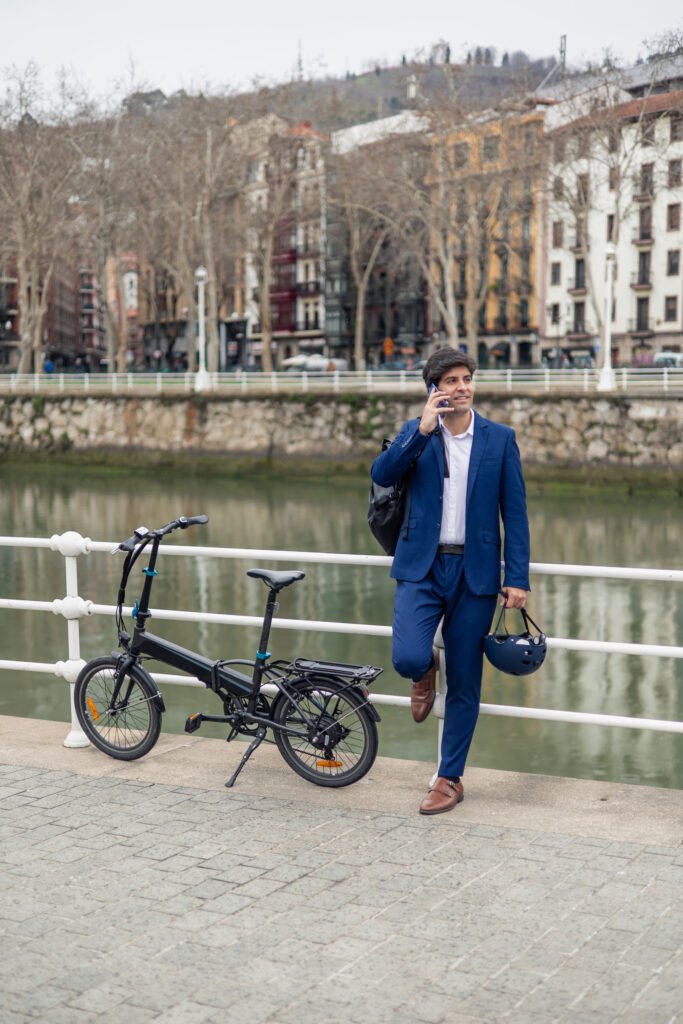
Should I Buy an Electric Bike Online or from a Local Bike Shop?
Pros and Cons of Buying Online Versus from a Physical Store
Buying Online:
Pros:
- Better deals and variety
- Convenient shopping and direct-to-door delivery
- Access to customer reviews
Cons:
- No test ride
- Limited support for assembly or repairs
- Risk of misfit or misrepresentation
Buying from a Local Bike Shop:
Pros:
- Professional advice and fitting
- Test ride opportunities
- Ongoing service and warranty support
Cons:
- Higher prices
- Fewer brand options
Choose based on your comfort level, mechanical skills, and support needs.
What After-Sales Support and Warranty Should You Look For
A solid after-sales package can save you headaches. Look for:
- Warranty Length: At least 1 year on motor, battery, and frame.
- Support Availability: Online chat, phone support, and service centers.
- Parts Availability: Easily replaceable components from known brands.
Always read the fine print—especially with third-party sellers.
How Much Should I Budget for an Electric Bike?
Understanding the Price Range of Quality E-Bikes
Here’s a general breakdown:
- Entry-Level ($800–$1,500): Basic hub-motor bikes, limited range and support.
- Mid-Range ($1,500–$3,000): Better components, mid-drive options, good range.
- Premium ($3,000–$6,000+): High-end brands, integrated tech, powerful motors, long-range batteries.
Be wary of bikes under $800—they often cut corners on safety or longevity.
Hidden Costs to Consider Beyond the Purchase Price
Buying the bike is just the beginning. Factor in:
- Helmet and Safety Gear: $50–$200+
- Lock and Security: $40–$150
- Accessories (lights, racks, etc.): $100–$300
- Maintenance and Repairs: $100–$300 annually
- Battery Replacement (after 2–5 years): $300–$700
Budget wisely to enjoy your electric bicycle worry-free.
Is It Worth Spending More for Premium Components?
In most cases, yes. Higher-end components offer:
- Better Reliability
- Longer Lifespan
- Improved Safety
- Stronger Performance
Spending more upfront can save money and hassle down the road.
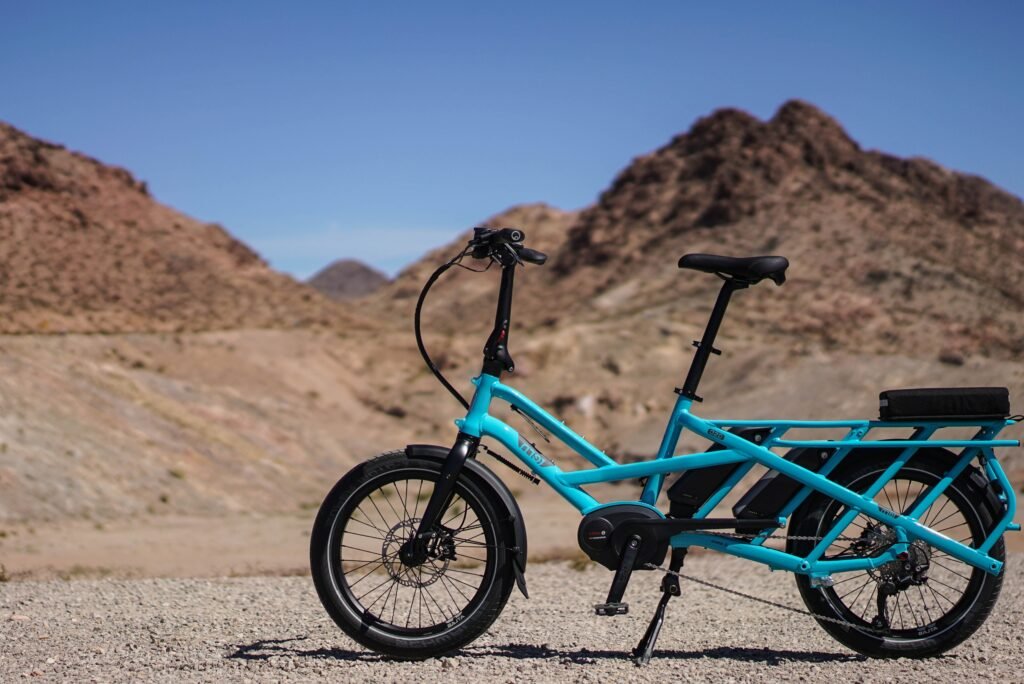
Final Thoughts
Choosing the perfect electric bike is more than picking a brand—it’s about understanding your needs, terrain, budget, and the technology that powers your ride. With so many options available, taking the time to research and test ride will help you make a confident, long-lasting decision. Whether you’re buying your first e-bike or upgrading from an older model, use this guide as your roadmap to find the right fit for your lifestyle.
Further readings:
- Check out our Electric bikes section
- Check out Consumers Reports buying guide
Frequently Asked Questions About Choosing the Right Electric Bike
The main difference lies in the motor and battery. Unlike a regular bike or traditional bike, an electric bike assists your pedaling through its electric components. This means less effort on hills and longer rides without exhaustion. If you enjoy cycling but want a boost, an electric option may be a smart upgrade.
No. While most modern e-bikes use lithium-ion batteries for their light weight and longevity, not all e-bike batteries are created equal. Battery power, capacity, and quality vary depending on bike manufacturers. Always check the specs to ensure the battery will support how you plan to ride.
Yes, folding bikes have become increasingly popular in electric form. If you need to carry your bike on public transport or store it in small spaces, an electric folding bike could be exactly what suits your needs. Many folding e-bikes come with impressive range and compact designs.
Battery power affects how far you can go and how much assist you get on tough terrain. If you plan to ride long distances, make sure the e-bike has enough capacity to last a full ride. Don’t forget to consider charging time and how battery performance may change over time.
No, bikes come with different motor types and placements — including hub motors and mid-drive motors. Each has its pros and cons, depending on your riding style. Be sure to test different types to find what feels most natural.
